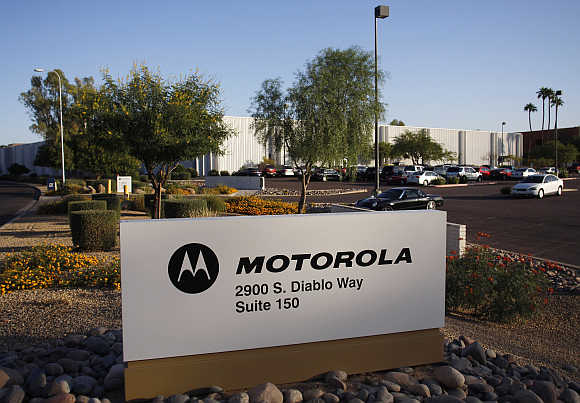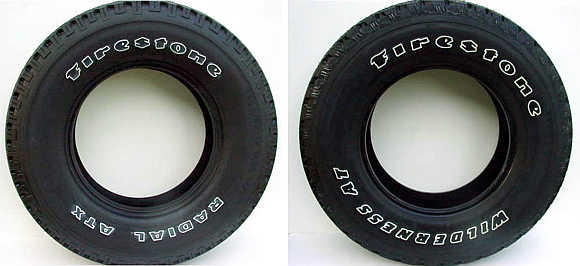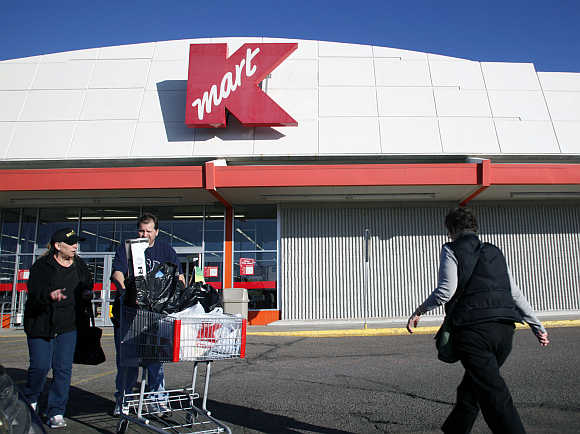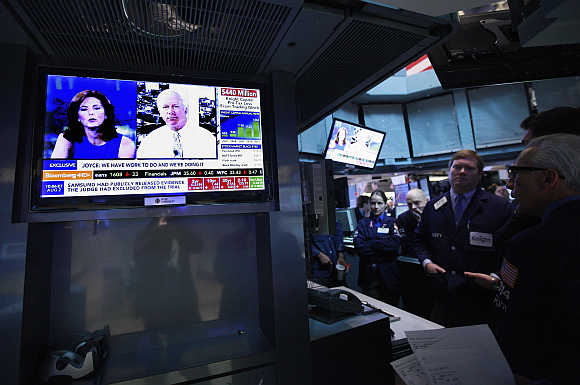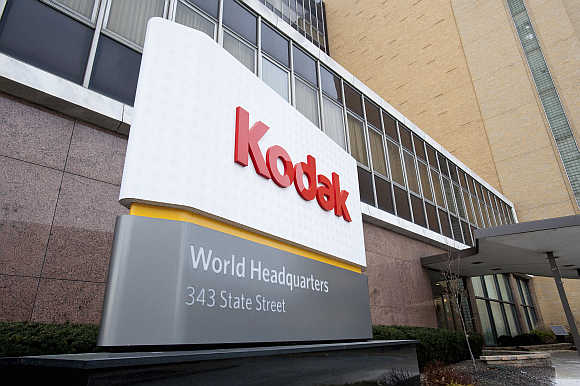 | « Back to article | Print this article |
World's worst business decisions taken by companies
All companies make mistakes, but some mistakes prove to be too costly.
Let's take a look at worst business decisions in the world.
Source: 24/7 Wall St
Click NEXT to read more...
World's worst business decisions taken by companies
Motorola
Years on Fortune 500: 56
Peak Fortune 500 rank: 23 (1994)
Peak revenue: $43.7 billion (2006)
Current status: Split, Mobility unit sold
Global rank: 1
Killer decision: The company failed to launch a new generation of smartphones leveraging the Razr brand, and by 2007 the company was selling the traditional mobilephone at a discount.
Click NEXT to read more...
World's worst business decisions taken by companies
Lehman Bros
Years on Fortune 500: 14
Peak Fortune 500 rank: 37 (2008)
Peak revenue: $59.0 billion (2007)
Status: Went bankrupt
Global rank: 2
Killer decision: During the final few years of the housing bubble, Lehman Brothers increased the amount it borrowed to buy more mortgage-backed securities and real estate. By 2007, the company's leverage ratio was at least 31-to-1, meaning it borrowed $31 for every $1 in equity.
Click NEXT to read more...
World's worst business decisions taken by companies
Firestone
Years on Fortune 500: 34
Peak Fortune 500 rank: 24 (1956)
Peak revenue: $5.3 billion (1979)
Current status: Bought out
Global rank: 3
Killer decision: Defective products, lawsuits and negative publicity meant Bridgestone was able to successfully bid for the company in 1988.
Click NEXT to read more...
World's worst business decisions taken by companies
Digital Equipment Corp
Years on Fortune 500: 25
Peak Fortune 500 rank: 27 (1990, 1993)
Peak revenue: $14.6 billion (1996)
Current status: Bought out
Killer decision: DEC controlled the minicomputer market from the mid-1960s until the early 1990s but failed to enter the workstation and personal computer markets quickly. When DEC finally decided to get into PCs, it tried to use its own operating platform, VMS, without success.
Global rank: 4
Click NEXT to read more...
World's worst business decisions taken by companies
Kmart
Years on Fortune 500: 11
Peak Fortune 500 rank: 15 (1995)
Peak revenue: $37.0 billion (2000)
Current status: Merged
Killer decision: Kmart's big mistake in the mid-to-late 1990s was to try to compete with Walmart on price. Walmart had a supply chain system known as "just-in-time" inventory, which allowed the retailer to restock shelves efficiently.
Global rank: 5
Click NEXT to read more...
World's worst business decisions taken by companies
American Motors
Years on Fortune 500: 33
Peak Fortune 500 rank: 38 (1961)
Peak revenue: $4.2 billion (1984)
Current status: Bought out
Killer decision: By the time car manufacturer American Motors was absorbed by Chrysler in 1987, the company had been on a decline for more than 20 years. American first began to report losses in the mid 1960s. It failed in its efforts to compete with General Motors and Ford Motor by expanding into large cars that could generate better profits per vehicle.
Global rank: 6
Click NEXT to read more...
World's worst business decisions taken by companies
RCA
Years on Fortune 500: 28
Peak Fortune 500 rank: 15 (1968)
Peak revenue: $8.0 billion (1980, 1981)
Current status: Bought out
Killer decision: Consumer electronics manufacturer RCA was highly regarded through most of its history as particularly innovative - the company was the first to sell electronic televisions to a wide market. Yet, from the mid 1960s and into the 1970s, the company began to diversify beyond the scope of its traditional business. Its expansion was so rapid and so far flung that the company has become unmanageable.
Global rank: 7
Click NEXT to read more...
World's worst business decisions taken by companies
Kodak
Years on Fortune 500: 58
Peak Fortune 500 rank: 18 (1989, 1990, 1992)
Peak revenue: $20.6 billion (1992)
Status: In bankruptcy
Killer decision: Eastman Kodak developed the digital camera in 1975 but did not invest in the technology for fear it would undercut sales of its film business - Kodak's executives did not foresee the eventual decline of film. Only when film's popularity began to wane in the mid-1990s in favour of digital photography did the company push into the digital market. But competitors such as Fuji and Sony entered the market faster and Kodak was never able to fully capitalise on the product it actually invented.
Global rank: 8

